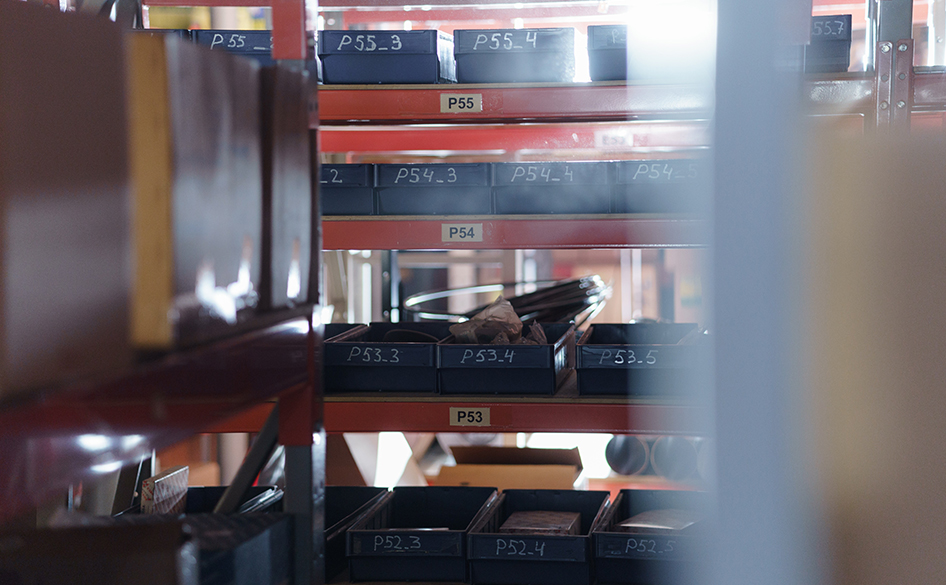Just-in-Time (JIT) is a production and inventory strategy where materials and products arrive exactly when needed. The goal is to avoid holding inventory that isn’t immediately necessary.
JIT relies on a set of techniques and practices that include:
- Supplying exactly what is needed
- Maintaining the required quality levels
Applying JIT can be challenging in certain industries. For example, retail stores often need to keep inventory available so customers can choose among different options. In such cases, JIT is not ideal. However, for mail-order businesses where the product is standardized, JIT can be highly effective.
Some retailers implement JIT through partnerships with drop shipping providers. For instance, a company selling office furniture might not hold inventory or manufacture products itself. Instead, when a customer places an order, the company purchases the item from a manufacturer, who ships it directly to the customer.
Businesses best suited for JIT typically share these characteristics:
- Limited product range
- Manufacturing-based operations
- High production volume
- Stable market demand
- Strong influence over suppliers
- Effective quality control
- Local, reliable suppliers
- High supplier dependency
- Quick production cycles
Benefits of using JIT include:
- Lower inventory investment
- Supplying based on orders instead of stockpiling
- Improved forecasting and reduced slow-moving inventory
- Greater operational flexibility
- Simplified administrative processes
- Reduced waste
However, JIT has some drawbacks. A disruption in the supply chain can halt production if raw materials aren’t delivered on time. A sudden surge in demand may also cause delays if the system isn’t prepared to handle it.
“Holding inventory shows we don’t have control.”
